Pulp Entrepreneurship
With apologies to Quentin Tarantino.
At a table inside the Coupa Cafe, a coffee shop in Palo Alto,
California. VINCENT and JULES are eating breakfasts of
eggs/sausage/pancakes and a muffin, respectively, and drinking
coffee. They are talking about entrepreneurship.
JULES
Yeah, I've just been sitting here thinking.
VINCENT
About what?
JULES
About the startup I've got cooking.
VINCENT
Startup in your mind. I think you don't have anything
more than a weekend hack. Maybe a web app at best.
JULES
What is a startup, Vincent?
VINCENT
A company that's just getting going.
JULES
And what kind of company would qualify?
Vincent takes a sip of coffee
VINCENT
It's... a company that has aspirations of growth, of making
money, of changing things for the better.
Jules points at Vincent to indicate that he's hit on the main idea.
Vincent pauses, and then continues.
VINCENT
But your little side project, I don't think it qualifies.
Jules CHUCKLES.
JULES:
Hey Vincent, can't you see that shit don't matter? You're
judging this shit the wrong way. I mean, it could be that
my company will hit it big, or that Snapchat won't just be a
fad, or that some 16-year-old will flip a stupid vampire
social network to some dumb 18-year-old wannabe hedge fund
manager. You don't judge shit like this based on merit. Now
whether or not what I'm doing is an according-to-Graham
"startup" is insignificant. But what is significant is that
I feel it in here.
Jules points to his heart.
JULES:
I know that what I'm doing is a startup. Call it what you
want, but it's a startup to me.
VINCENT
But why?
JULES
Well, that's what's fucking with me. I don't know why. But
I know it's what I'm meant to do.
Vincent SCOFFS.
VINCENT
You're serious? You're really thinking about quitting?
JULES
Software consulting?
VINCENT
Yeah.
JULES
Most definitely.
VINCENT
Fuck. You're making such great money!
Vincent SIGHS.
VINCENT
So what are you going to do then?
JULES
Well, first I'm going to deliver the remaining code to my
client. Then, basically I'm just going to do the startup thing.
VINCENT
What do you mean, "do the startup thing?"
JULES
You know, like Zuckerberg and Facebook. Raise money, write code,
change the world.
VINCENT
And how long do you intend to "raise money and write code"?
JULES
Until my startup takes off and I have a successful exit.
VINCENT
And what if you never have an exit?
JULES
We're in a bubble. Somebody will buy it.
VINCENT
So you decided to be an asshole.
JULES
I'll just be Jules, Vincent. That, and I'll be incredibly
rich eventually.
VINCENT
No Jules, you decided to be an asshole. Just like all of
those pieces of shit writing pretentious blog posts and
going on about social-this or mobile-that. Who pretend
their MBAs qualify them for eight-figure VC investments,
or who treat content farming like it's adding utility to the
web. They have a name for that, Jules: an asshole. And
without a revenue plan or a product that will scale that's
all you're going to be at your so-called "startup": a
fucking asshole.
JULES
Look, my friend, this is just where you and I differ.
VINCENT
Jules, what happened over the past few days, I agree,
some angels showed some interest and your stub of a signup
page collected a few email addresses, but an actual
startup? I don't think...
JULES
Any idea as long as it can get traction, Vincent.
VINCENT
Don't fucking talk that way to me, man. How will you make
money?
JULES
If my answers frighten you, then you should cease asking
scary questions.
VINCENT
Let me ask you something; when did you make this decision?
JULES
Just recently. I was sitting at home, reading about how
Twitter was about to IPO, and how Uber picked up $250 million
from Google, and I had what techies refer to as, "a moment
of envy."
VINCENT
Fuck.
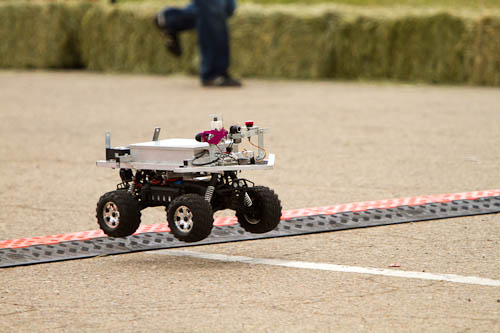
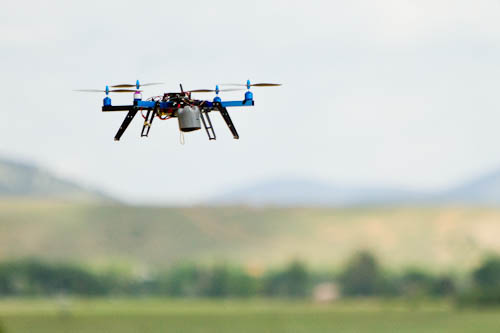
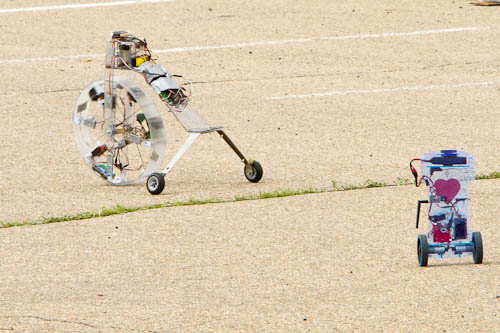
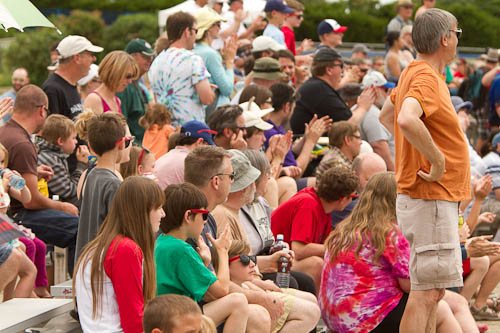
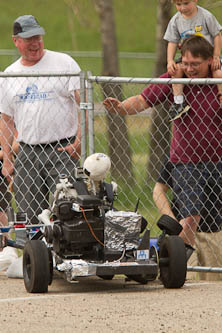
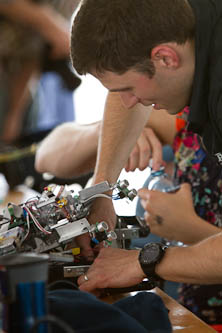
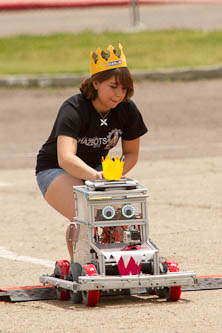
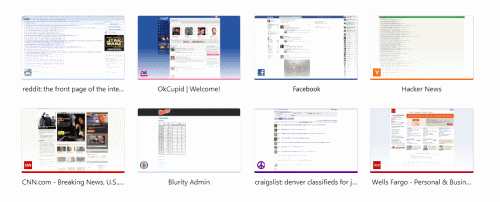




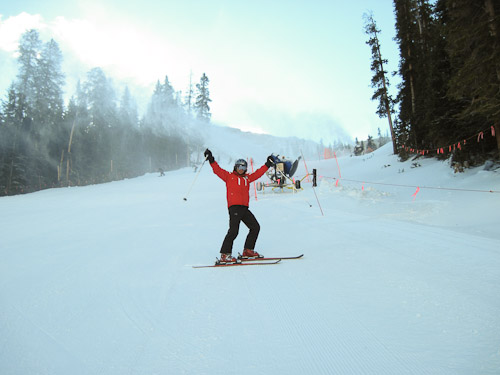
Recent Comments